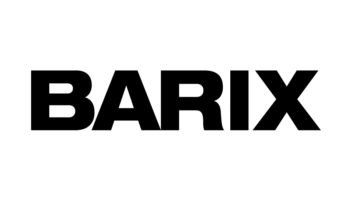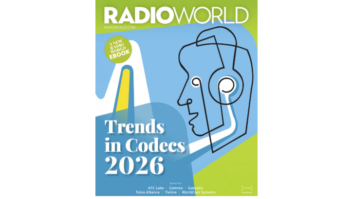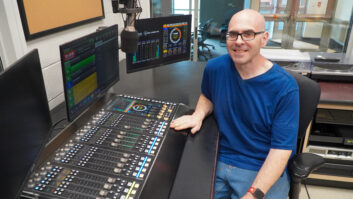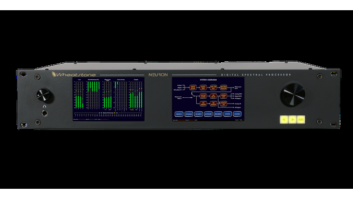 This is one in a series of articles from the Radio World ebook “The Real World of AoIP.”
This is one in a series of articles from the Radio World ebook “The Real World of AoIP.”
Radio World recently asked several manufacturers to identify the most important technical development or trend in the use of AoIP.
Doug Ferber, Tieline’s VP Sales, Americas, said that the most important trends in the studio are the widespread adoption of AES67 and Networked Media Open Specifications (NMOS), as well as the overall need for increased capacity for IP audio codecs.
“AES67 will make life easier in the world of AoIP with its promise of interoperability between competing audio via standards-based delivery without requiring specialized network equipment,” Ferber said.
“NMOS will provide a control and management layer in addition to the transport layer provided by SMPTE ST 2110 to also provide more straightforward interoperability between products so end users and service providers can build better systems.
“In addition to discovery and registration, device connection management and network control, NMOS will also feature audio channel mapping capability and interoperable security,” he said.
The most important AoIP trend Tieline sees is the need for more audio streams in a single rack unit.
“The move toward more centralized broadcast facilities and content delivery will require audio codecs to do more, or as we like to say in the AoIP world, have higher density. Radio station operations will continue to consolidate, and we think more content will be delivered from fewer locations so the audio encoders/decoders used will have to be equipped with more channels. These AoIP trends are reflected in the design of our new DSP-based codec, the Gateway.”







